First retrospective of Lucio Fontana in the United States at The Metropolitan Museum of Art, New York
Lucio Fontana (Italian, 1899-1968). Spatial Concept, Expectations, 1959. Oil on canvas, 35 3/4 × 35 3/4 in. (90.8 × 90.8 cm). Olnick Spanu Collection © 2018 Fondazione Lucio Fontana/Artists Rights Society (ARS), New York/SIAE, Rome.
Lucio Fontana: On the Threshold—the first retrospective of the Argentine-Italian artist in the United States in more than four decades—will reassess the legacy of this key postwar figure through a selection of exquisite sculptures, ceramics, paintings, drawings, and environments made between 1931 and 1968. The founder of Spatialism and one of the most innovative artists of the 20th century, Lucio Fontana (1899–1968) is widely known for his series of slashed paintings from 1958 known as the Cuts (Tagli) that became symbols of the postwar era. The exhibition at The Met Breuer will present extraordinary examples of this iconic series, and will also explore Fontana’s beginnings as a sculptor and his pioneering work with environments, contextualizing the radical nature of the Cuts within the artist’s broader practice.
The exhibition is made possible by The International Council of The Metropolitan Museum of Art.
Additional support is provided by the Jane and Robert Carroll Fund and the Aaron I. Fleischman and Lin Lougheed Fund, and the Modern Circle.
It is organized by The Metropolitan Museum of Art in collaboration with the Fondazione Lucio Fontana.
Lucio Fontana (Italian, 1899-1968), Olympic Champion (Waiting Athlete) (Campione Olimpionico [Atleta in Attesa] ), 1932. Painted plaster, 47 5/8 × 36 1/4 × 27 9/16 in. (121 × 92 × 70 cm.). Collezione d’Arte e di Storia della Fondazione Cassa di Risparmio, Bologna, Italy © 2018 Fondazione Lucio Fontana/Artists Rights Society (ARS), New York/SIAE, Rome.
“Fontana radically expanded the picture plane into a third dimension. His groundbreaking approach represents a seismic moment for 20th- century art, transforming paintings, sculptures, and objects into new concepts of space and experimental environments,” said Max Hollein, Director of The Met. “A witness to the historical, cultural, and technological developments that defined the postwar period, his work reflects the influence of a wide range of styles from art history and an irreverence towards hierarchies and conventions.”
“In addition to exploring Fontana’s early foray into sculpture and ceramics, it was his audacious laceration of the flat single-color canvas of 1958 that has come to identify him one of the most iconic artists of the 20th-century. A dual citizen of Argentina and Italy, his work reflects a variegated sensibility that through the exhibition’s many highlights makes us aware of the radical essence of painting—literally slashing through the surface of history to open up a door to another time and spatial dimension,” said Sheena Wagstaff, Leonard A. Lauder Chairman of Modern and Contemporary Art.
Lucio Fontana (Italian, 1899-1968), The Warrior (Il Guerriero), 1949. Glazed ceramic, 41 1/2 × 20 1/2 × 17 3/4 in.(105.4 × 52.1 × 45.1 cm). Collection of Thomas H. Lee and Ann G. Tenenbaum © 2018 Fondazione Lucio Fontana/Artists Rights Society (ARS), New York/SIAE, Rome.
Lucio Fontana (Italian, 1899-1968), Portrait of Teresita (Ritratto di Teresita), 1940. Mosaic, 13 3/8 × 13 × 5 7/8 in. (34 × 33 × 15 cm). Fondazione Lucio Fontana, Milan © 2018 Fondazione Lucio Fontana/Artists Rights Society (ARS), New York/SIAE, Rome.
Though known primarily as a painter, Fontana was well into his career when, in 1949, he used a canvas for the first time. The exhibition will present examples of his first series of perforated paintings titled Holes (Buchi), as well as paintings loaded with heavy impasto or incrusted with Murano glass that preceded the Cuts (Tagli).
On the Threshold unpacks Fontana’s approach to painting by reevaluating his work in sculpture and decorative arts. His early career was marked by a period of fertile experimentation, whether challenging sculptural norms in Italy by using clay or actively participating in the Argentine avant-garde, Fontana’s early work from the 1930s and 1940s point toward the transgressive nature of his slashes two decades later. The show will present highlights from this period, including sculptures of women, warriors, and delicate ceramics inspired by undersea imagery.
Lucio Fontana (Italian, 1899-1968), Clam and Coral (Vongola e Corallo), 1936. Glazed ceramic, 6 11/16 × 12 3/16 × 9 1/16 in. (17 × 31 × 23 cm). Private collection © 2018 Fondazione Lucio Fontana/Artists Rights Society (ARS), New York/SIAE, Rome.
Through Spatialism, Fontana pursued a synthesis of the arts, and his multidisciplinary approach expanded the notion of the art experience to embrace the surrounding space. He was a pioneer of environments—what he called Ambienti spaziali—and his experiments with light and space, including his use of neon, set the course for exciting future developments in environments and installation art. On the Threshold will include the reconstruction of the artist’s monumental neon arabesque Neon Structure for the Ninth Milan Triennial (1951) (opening January 28 and will be on view in gallery 913 at The Met Fifth Avenue) as well as two immersive installations never before presented in this country: Spatial Environment “Utopias,” at the Thirteen Milan Triennial (1964) and Spatial Environment in Red Light (1967).
Lucio Fontana (Italian, 1899-1968), Battle (Battaglia), 1947. Glazed ceramic, 7 7/8 × 13 3/4 × 7 7/8 in. (20 × 35 × 20 cm). Private Collection © 2018 Fondazione Lucio Fontana/Artists Rights Society (ARS), New York/SIAE, Rome.
Lucio Fontana: On the Threshold is curated by Iria Candela, Estrellita B. Brodsky Curator of Latin American Art in The Met’s Department of Modern and Contemporary Art, with assistance from Aimé Iglesias Lukin, Research Associate, Department of Modern and Contemporary Art.
Following its presentation at The Met Breuer, the exhibition will travel to the Guggenheim Museum Bilbao from May 17 through September 29, 2019.
To coincide with the exhibition at The Met Breuer, El Museo del Barrio will present Fontana’s last environment Spatial Environment at Documenta 4, in Kassel (1968).
Lucio Fontana (Italian, 1899-1968), Spatial Ceramic (Ceramica Spaziale), 1953. Glazed ceramic, 20 1/16 × 23 1/8 in. (51 × 58.7 cm.). Bischofberger Collection, Männedorf, Switzerland © 2018 Fondazione Lucio Fontana/Artists Rights Society (ARS), New York/SIAE, Rome.
An illustrated catalogue will accompany the exhibition with essays by international experts addressing his work from both an Italian and Argentine perspective, providing numerous insights into Fontana’s expansive practice. Archival images of environments, public commissions, and the artist’s studio accompany illustrations covering his production from 1930 to the late 1960s, establishing a fresh approach to an artist who responded to the political, cultural, and technological thresholds that defined the mid-20th century. The catalogue will be published by The Metropolitan Museum of Art and distributed by Yale University Press.
The catalogue is made possible by the Samuel I. Newhouse Foundation, Inc.
January 23–April 14, 2019. The Met Breuer, Floor 3, Floor 5 and The Met Fifth Avenue Gallery 913 (opening January 28).
Lucio Fontana (Italian, 1899-1968), Spatial Concept, Nature (Concetto Spaziale, Natura), 1959–1960. Terracotta, 15 3/4 × 21 5/8 × 18 1/8 in., 60 lb. (40 × 55 × 46 cm, 27.2 kg). Private collection, courtesy Neal Meltzer Fine Art, New York © 2018 Fondazione Lucio Fontana/Artists Rights Society (ARS), New York/SIAE, Rome.
Lucio Fontana (Italian, 1899-1968), Spatial Concept, The Bread (Concetto Spaziale, Il Pane), 1950. Terracotta, 16 9/16 × 13 × 1 3/8 in. (42 × 33 × 3.5 cm). Fondazione Lucio Fontana, Milan © 2018 Fondazione Lucio Fontana/Artists Rights Society (ARS), New York/SIAE, Rome.
Lucio Fontana (Italian, 1899-1968), Spatial Concept (Concetto Spaziale), 1950. Oil on canvas with holes, 33 7/16 × 25 9/16 in. (85 × 65 cm). Fondazione Lucio Fontana, Milan © 2018 Fondazione Lucio Fontana/Artists Rights Society (ARS), New York/SIAE, Rome.
Lucio Fontana (Italian, 1899-1968), Spatial Concept (Concetto Spaziale), 1958. Linen paper on canvas with slashes and holes, 9 11/16 × 25 3/16 in. (50 × 64 cm). Private Collection, Milan © 2018 Fondazione Lucio Fontana/Artists Rights Society (ARS), New York/SIAE, Rome.
Lucio Fontana (Italian, 1899-1968), Spatial Concept (Concetto Spaziale), 1955. Oil and glass on canvas with holes, 31 7/8 × 25 9/16 in. (81 × 65 cm). Private Collection © 2018 Fondazione Lucio Fontana/Artists Rights Society (ARS), New York/SIAE, Rome.
Lucio Fontana (Italian, 1899-1968), Spatial Concept (Concetto Spaziale), 1954. Oil, ink and glass on canvas, 27 9/16 × 19 1/2 in. (70 × 49.5 cm). Private Collection, Casale Monferrato, Italy © 2018 Fondazione Lucio Fontana/Artists Rights Society (ARS), New York/SIAE, Rome.
Lucio Fontana (Italian, 1899-1968), Spatial Concept (Concetto Spaziale), 1962. Oil on canvas with holes and incisions, 57 1/2 × 45 1/4 in. (146 × 115 cm). Eduardo F. Costantini Collection, Buenos Aires © 2018 Fondazione Lucio Fontana/Artists Rights Society (ARS), New York/SIAE, Rome.
Lucio Fontana (Italian, 1899-1968), Spatial Concept, The End of God (Concetto Spaziale, La Fine di Dio), 1964. Oil on canvas, cuts, holes, 70 1/16 × 48 7/16 in. (178 × 123 cm). Rachofsky Collection, Dallas © 2018 Fondazione Lucio Fontana/Artists Rights Society (ARS), New York/SIAE, Rome.
Lucio Fontana (Italian, 1899-1968), Spatial Environment in Red Light (Ambiente Spaziale a Luce Rossa), 1967/2019. Painted wood, glass tubes, neon, and mixed media, 86 5/8 in. × 19 ft. 8 1/4 in. × 16 ft. 15/16 in. (220 × 600 × 490 cm). Reconstruction authorized by Fondazione Lucio Fontana - project, Pirelli HangarBicocca 2017 © 2018 Fondazione Lucio Fontana/Artists Rights Society (ARS), New York/SIAE, Rome.
Lucio Fontana (Italian, 1899-1968), Neon Structure for the Ninth Milan Triennial (Struttura al Neon per la IX Triennale di Milano), 1951/2019. Glass tube and neon, 898 7/16 in. × 32 ft. 9 11/16 in. × 26 ft. 2 15/16 in. (250 × 1000 × 800 cm) Dimensions variable overall. Reconstruction authorized by Fondazione Lucio Fontana, Milan © 2018 Fondazione Lucio Fontana/Artists Rights Society (ARS), New York/SIAE, Rome.
Lucio Fontana (Italian, 1899-1968), Spatial Environment: “Utopias,” at the Thirteenth Milan Triennial (Ambiente Spaziale: “Utopie,” nella XIIITriennale di Milano), 1964/2019. Wood, glass tube, neon, and mixed media, 90 9/16 in. × 39 ft. 4 7/16 in. × 86 5/8 in. (230 × 1200 × 220 cm). Fondazione Lucio Fontana, Milan. Originally realized in collaboration with Nanda Vigo. © 2018 Fondazione Lucio Fontana/Artists Rights Society (ARS), New York/SIAE, Rome.
Lucio Fontana (Italian, 1899-1968). Spatial Concept, Expectation (Concetto Spaziale, Attesa), 1959. Water-based paint on canvas with slash, 46 7/16 × 34 5/8 in. (118 × 88 cm). Collezione Prada, Milan © 2018 Fondazione Lucio Fontana/Artists Rights Society (ARS), New York/SIAE, Rome.
Lucio Fontana (Italian, 1899-1968). Spatial Concept, The Quanta (Concetto Spaziale, I Quanta), 1959. Water-based paint on canvas with slashes, 6 parts, dimensions variable. Private Collection, Italy © 2018 Fondazione Lucio Fontana/Artists Rights Society (ARS), New York/SIAE, Rome.

Lucio Fontana (Italian, 1899-1968). Spatial Concept, Expectations (Concetto Spaziale, Attese), 1965. Water-based paint on canvas with slashe, 31 7/8 × 25 9/16 in. (81 × 65 cm). Collection of Aaron I. Fleischman © 2018 Fondazione Lucio Fontana/Artists Rights Society (ARS), New York/SIAE, Rome.
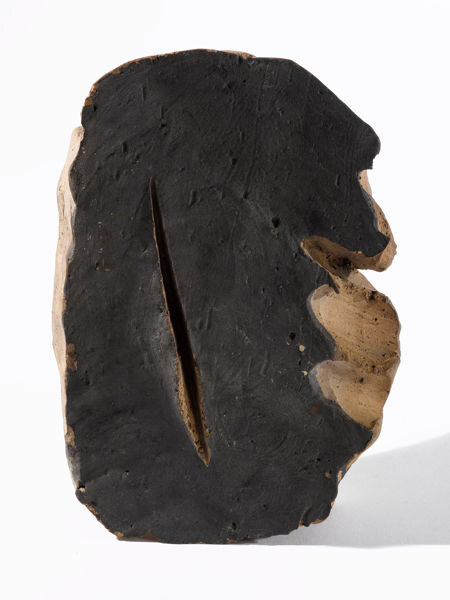
Lucio Fontana (Italian, 1899-1968). Spatial Concept, Nature (Concetto Spaziale, Natura), 1959. Terracottas, 5 7/8 × 4 1/2 × 2 3/8 in. (15 × 11.5 × 6 cm). Private collection in Europe © 2018 Fondazione Lucio Fontana/Artists Rights Society (ARS), New York/SIAE, Rome.

Lucio Fontana (Italian, 1899-1968). Spatial Concept, New York 10 (Concetto Spaziale, New York 10), 1962. Copper with cuts and scratches, 37 × 92 1/8 in. (94 × 234 cm). Fondazione Lucio Fontana, Milan © 2018 Fondazione Lucio Fontana/Artists Rights Society (ARS), New York/SIAE, Rome.

Lucio Fontana (Italian, 1899-1968). Spatial Concept, Expectations (Concetto Spaziale, Attese), 1958. Aniline on canvas with holes and slashes, 38 9/16 × 53 1/8 in. (98 × 135 cm). Fondazione Lucio Fontana, Milan © 2018 Fondazione Lucio Fontana/Artists Rights Society (ARS), New York/SIAE, Rome.

Lucio Fontana (Italian, 1899-1968). Spatial Concept, Expectation (Concetto Spaziale, Attesa), 1968. Canvas with slash, 24 3/16 × 19 13/16 in. (61.4 × 50.3 cm). Vitart, Switzerland © 2018 Fondazione Lucio Fontana/Artists Rights Society (ARS), New York/SIAE, Rome.
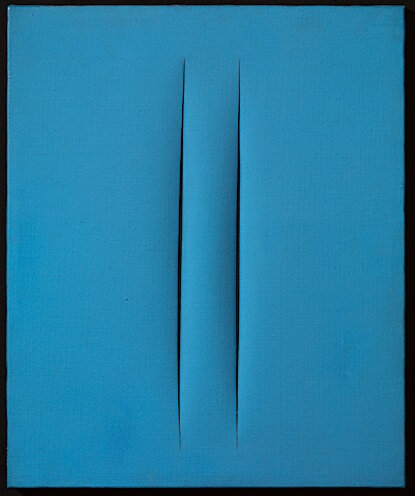
Lucio Fontana (Italian, 1899-1968). Spatial Concept, Expectations (Concetto Spaziale, Attesa), 1966. Water‑based paint on canvas with slashes, 24 × 19 11/16 in. (61 × 50 cm)Collezione Roberto Casamonti, courtesy Tornabuoni Arte © 2018 Fondazione Lucio Fontana/Artists Rights Society (ARS), New York/SIAE, Rome.

/https%3A%2F%2Fprofilepics.canalblog.com%2Fprofilepics%2F1%2F0%2F100183.jpg)
/https%3A%2F%2Fstorage.canalblog.com%2F03%2F02%2F119589%2F96711876_o.jpg)
/https%3A%2F%2Fstorage.canalblog.com%2F11%2F31%2F119589%2F94773502_o.jpg)
/https%3A%2F%2Fstorage.canalblog.com%2F20%2F83%2F119589%2F94772815_o.jpg)
/https%3A%2F%2Fstorage.canalblog.com%2F26%2F72%2F119589%2F75604929_o.jpg)
/https%3A%2F%2Fstorage.canalblog.com%2F59%2F60%2F119589%2F26458628_o.jpg)



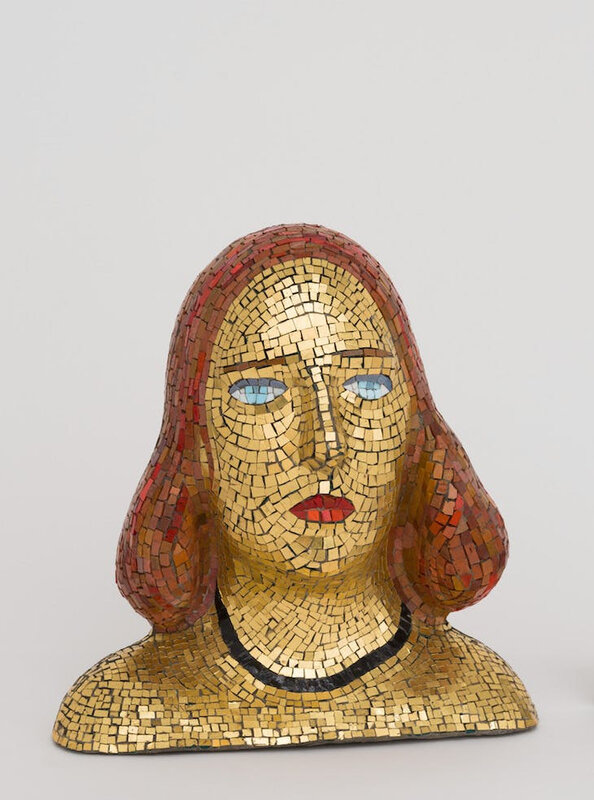

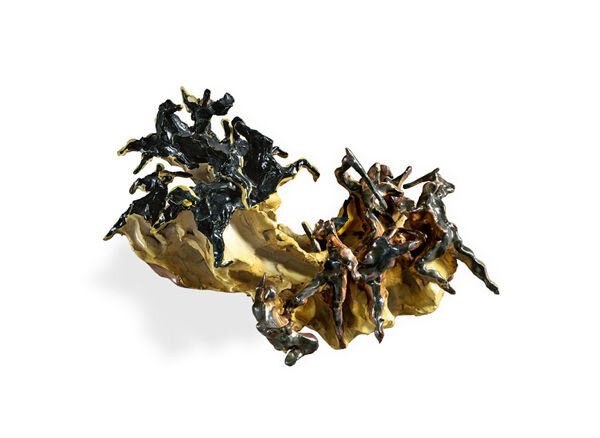





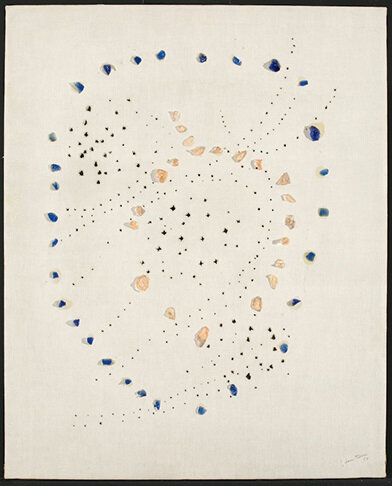



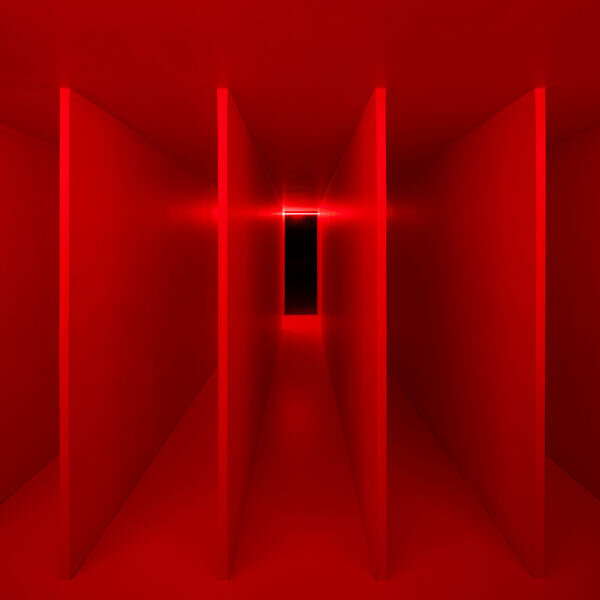


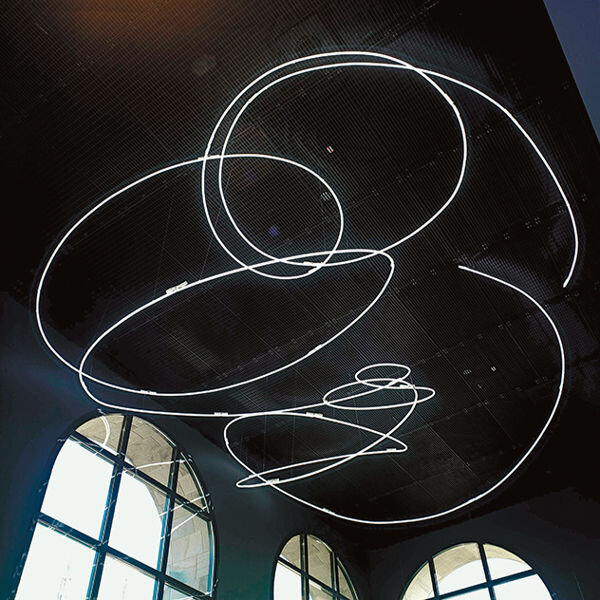

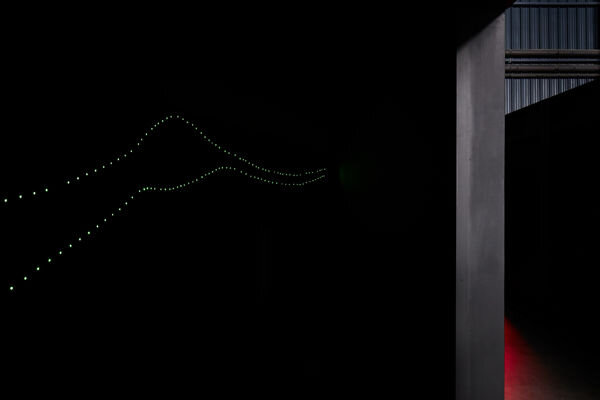




/image%2F1371349%2F20240313%2Fob_3da818_431115881-1632814154155264-57534444325.jpg)
/image%2F1371349%2F20240312%2Fob_cc9c83_f2.jpg)
/image%2F1371349%2F20240311%2Fob_2edda2_fontana.jpg)
/http%3A%2F%2Fstorage.canalblog.com%2F86%2F67%2F119589%2F129815803_o.png)